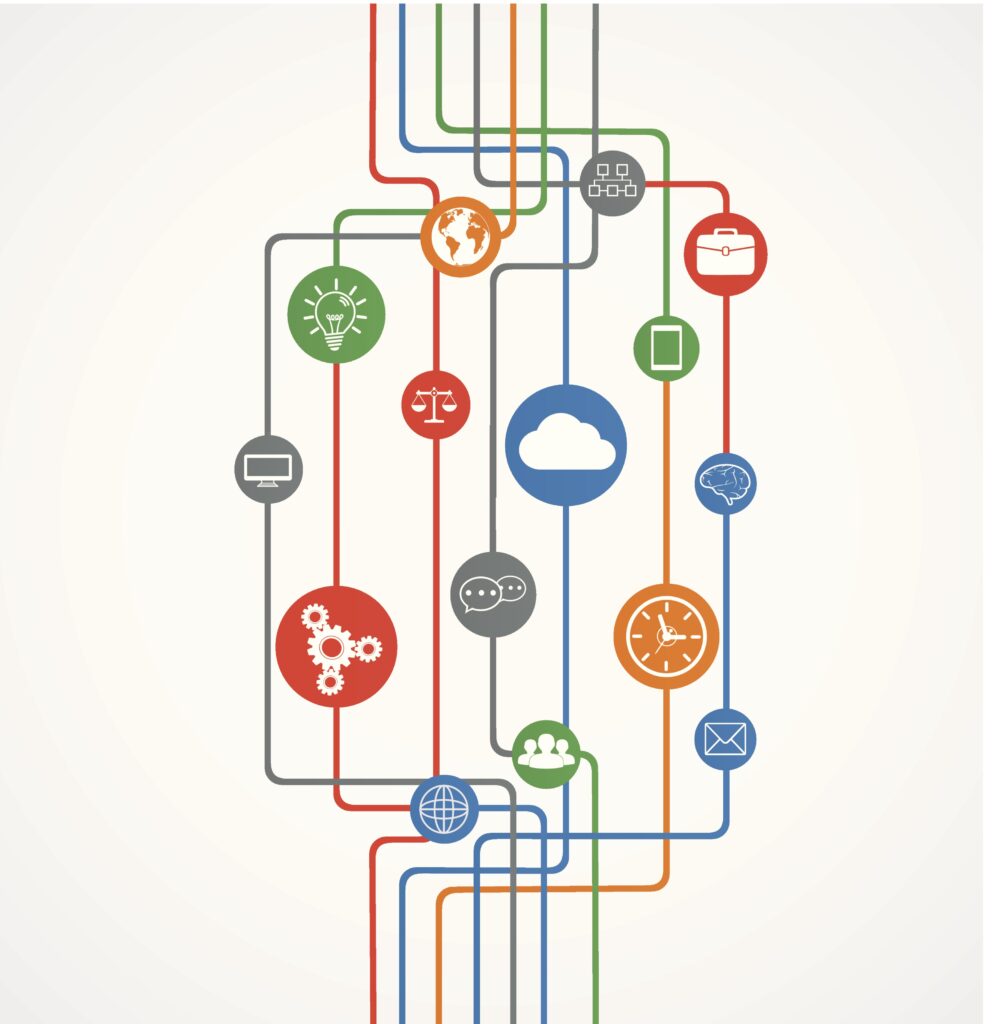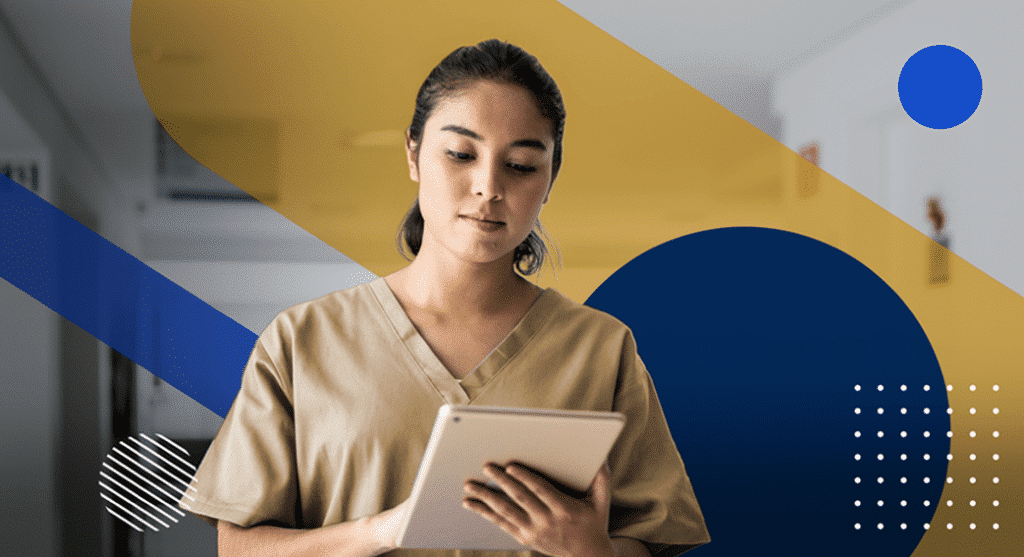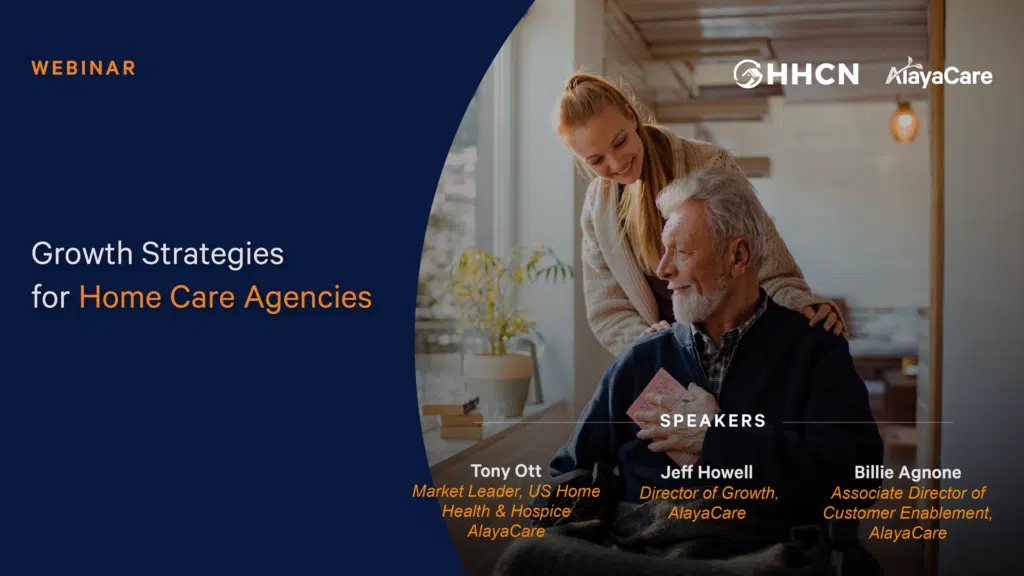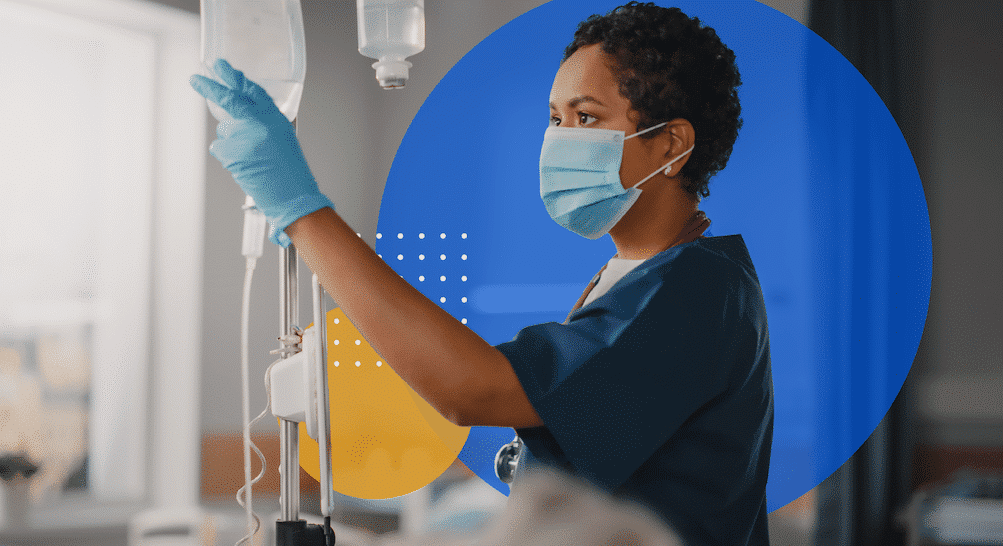Blog
The Evolution of Home Care Analytics: Machine Learning

Like it or not, we are living in a digital world.
New computing technologies are emerging at a blinding pace, altering best practices across industries in the blink of an eye, and introducing innovative ways for consumers and businesses to build new efficiencies and improve on existing workflows.
In the home care space specifically, there are a number of technology related buzzwords and movements circulating, such as “Telehealth” or “Big Data”, which are greatly impacting the way home care is delivered.
While these terms are no doubt disrupting the industry, there is one technology specifically that has yet to be fully introduced to home care analytics that could change the face of the home care industry for the better: machine learning.
But what exactly is “machine learning”?
While the concept is constantly evolving and there are a number of different types of machine learning, the general idea is best summed up by a statement made by Arthur Samuel, an American pioneer of machine learning in 1959: “[Machine Learning is the] field of study that gives computers the ability to learn without being explicitly programmed.”
Here are a few widely publicized examples of machine learning that you might recognize:
- The self-driving Google car. – cars that learn to drive by emulating humans.
- Face detection/recognition on Facebook photos. – the ability to learn and recognize faces across multiple images.
- Online recommendations such as Amazon and Netflix – offering recommendations for purchasing and viewing based on the user’s previous interaction.
As more and more data becomes available, machine learning allows computers to iteratively analyse and learn patterns, finding insights without being told where to look.
In terms of home care – if you want to predict, for example, patterns in a patient’s home health activities, you can run it through a machine learning algorithm using data collected from their past patterns and, if it has successfully “learned”, it will then get better at predicting future patterns.
AlayaCare conducted a machine learning study using clinical data gathered through remote patient monitoring (RPM), to help care workers predict events such as when a patient might fall or when they are close to a scenario that might result in hospitalization.
It was proven that with the help of machine learning, care workers were able to significantly improve event predictions, while reducing over-diagnosis by 54 percent.
While this science isn’t new, it is one that’s gaining momentum.
AlayaCare adheres to the philosophy that the combination of face-to-face and telehealth is an increased area of focus for payers and providers.
Introducing new technology like machine learning to bolster this trend will help support clinicians in their decision making process, and ultimately lead to improved patient outcomes.



